Search Images
Browse Content (p. 1177)
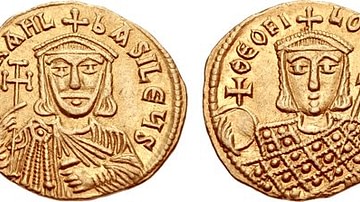
Image
Michael II & Theophilos
A gold coin depicting Byzantine emperor Michael II (r. 820-829 CE) and his heir and successor Theophilos. (Classical Numismatic Group, Inc. http://www.cngcoins.com)

Image
Constantinople
A map illustrating Byzantine Constantinople and the Golden Horn.
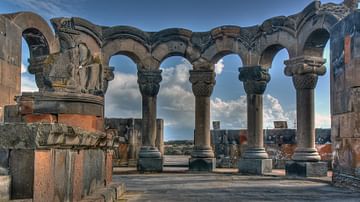
Image
Zvartnots Cathedral Colonnade
Zvartnots is the oldest and largest aisled tetraconch church in historical Armenia. It was built in the middle of the 7th century CE, under the instructions of the Catholicos Nerses III (r. 641-661 CE).

Image
Zvartnots Cathedral Plan
Zvartnots is the oldest and largest aisled tetraconch church in historical Armenia. It was built in the middle of the 7th century CE, under the instructions of the Catholicos Nerses III (r. 641-661 CE). It was partially reconstructed in 1905...

Image
Zvartnots Cathedral
Zvartnots is the oldest and largest aisled tetraconch church in historical Armenia. It was built in the middle of the 7th century CE, under the instructions of the Catholicos Nerses III (r. 641-661 CE).
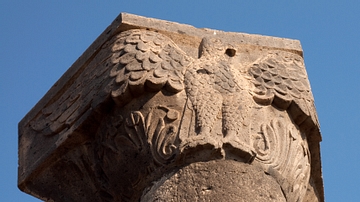
Image
Capital, Zvartnots Cathedral
Zvartnots is the oldest and largest aisled tetraconch church in historical Armenia. It was built in the middle of the 7th century CE, under the instructions of the Catholicos Nerses III (r. 641-661 CE). Four column capitals decorated with...
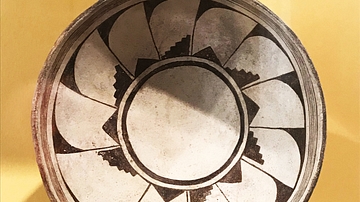
Image
Mimbres Ceramic Vessel
This Mimbres ceramic vessel dates from 1000-1150 CE. It was made by the Mimbres people who inhabited what's present-day New Mexico from c. 1000-1250 CE. Early Mimbres vessels were decorated with geometric designs painted in black and white...

Image
Mimbres Ceramic Vessel
This Mimbres vessel dates from 1000-1150 CE. The Mimbres, a Mogollon group, lived near the Mimbres River in a mountainous area in the southwest corner of New Mexico from c. 1000-1250 CE. Their clay vessels display a major advance in technology...
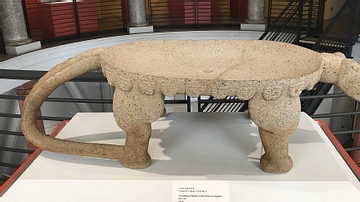
Image
Ceremonial Metate in the Form of a Jaguar
This ceremonial metate in the form of a jaguar dates from 600-700 CE and is made of stone. It comes from Guápiles, Limón, Costa Rica. (Iris & B. Gerald Cantor Center for Visual Arts at Stanford University, Stanford, California)
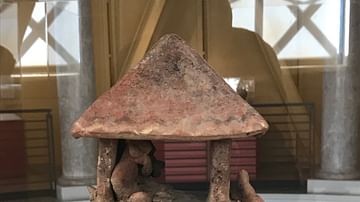
Image
Nayarit Cermaic House with Figures
This charming ceramic was made between 100 BCE-250 CE in Nayarit, Mexico. (Iris & B. Gerald Cantor Center for Visual Arts at Stanford University, Stanford, California)